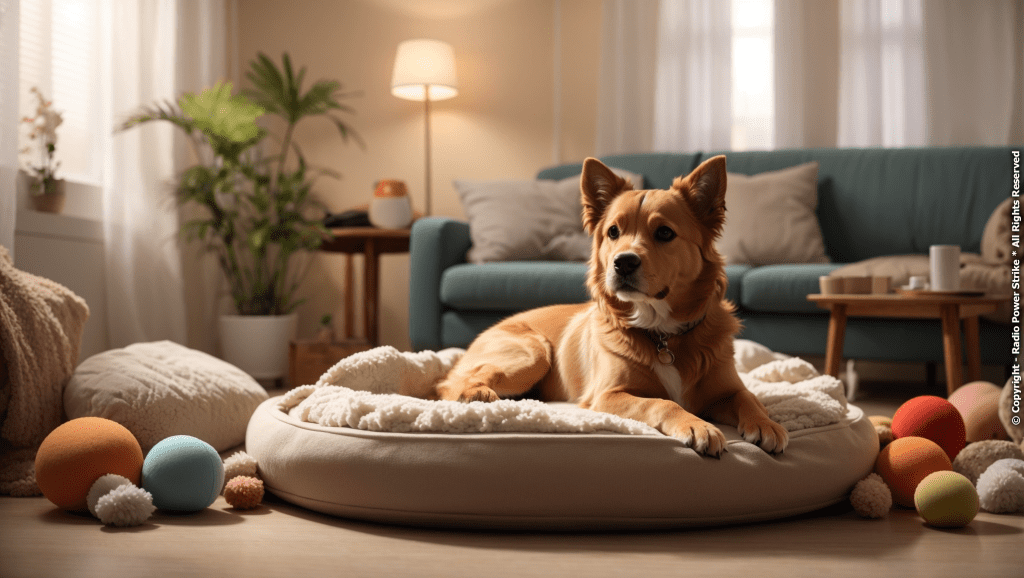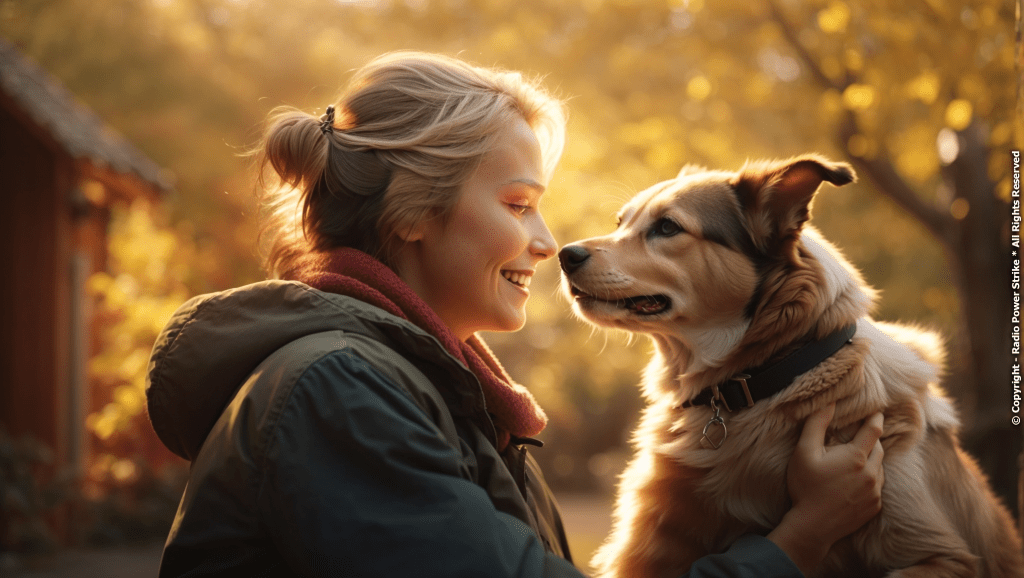Solving Separation Anxiety: How to Help Your Pet Cope When You’re Away
Unlocking the Secrets to a Stress-Free Goodbye: Your Guide to Easing Your Pet's Separation Anxiety

In a world where the bonds between pets and their owners are stronger than ever, separation anxiety has become a prevalent issue that many pet parents grapple with. The distressing signs of a pet struggling with separation anxiety can be heart-wrenching to witness. However, with the right strategies in place, it is entirely possible to alleviate these symptoms, ensuring that your furry friend remains calm and content, even when you’re not around. In this guide, we delve deep into the nuances of pet separation anxiety and offer actionable solutions to help your pet cope better during your absences.
Understanding Separation Anxiety in Pets
Separation anxiety in pets is a condition characterized by a series of distressing behaviors exhibited when they are left alone. These behaviors can range from excessive barking or meowing, destructive chewing, to inappropriate elimination. Understanding the root causes of this anxiety is the first step towards finding a solution.
Often, separation anxiety stems from a deep-seated fear of abandonment or a drastic change in routine. It is essential to recognize the signs early on to prevent the escalation of anxiety levels, which can adversely affect your pet’s overall health and wellbeing.
To effectively manage separation anxiety, one must adopt a multifaceted approach that encompasses behavioral training, environmental modifications, and in some cases, medical intervention. By addressing the issue holistically, you can help your pet transition into a state of calm and comfort during your absences.
Implementing Effective Strategies to Alleviate Separation Anxiety
Implementing strategies to alleviate separation anxiety in pets begins with creating a serene environment that promotes a sense of safety and security. This could involve setting up a designated space with their favorite toys, comfortable bedding, and items carrying your scent to provide comfort.
Behavioral training is another vital component in managing separation anxiety. This includes gradually acclimatizing your pet to your absence, starting with short durations and gradually increasing the time spent apart. Rewarding calm behavior and avoiding overly emotional goodbyes can also help in reducing anxiety levels.
In some instances, consulting with a veterinarian or a pet behaviorist can provide additional insights and strategies to manage separation anxiety more effectively. They might suggest incorporating anxiety-relieving supplements or medications as part of the treatment plan.
Creating a Supportive Community for Your Pet
Building a supportive community for your pet is a crucial step in alleviating separation anxiety. This could involve introducing your pet to friendly neighbors and other pets in the community, fostering social interactions that can help distract and comfort them during your absences.
Engaging in community activities such as pet-friendly events and gatherings can also be a great way to help your pet develop social skills and reduce anxiety. It provides an opportunity for your pet to forge new friendships and enjoy diverse experiences.
Utilizing pet-sitting services or arranging for a trusted friend or family member to spend time with your pet during your absences can also be a comforting solution. It ensures that your pet receives the attention and care they need, reducing the symptoms of separation anxiety significantly.

As we navigate through the complexities of separation anxiety in pets, it becomes evident that with patience, understanding, and the right strategies, it is possible to help your pet lead a happy and anxiety-free life. Remember, the journey to alleviating separation anxiety is a gradual process, and celebrating small victories along the way can be incredibly rewarding. Embrace the journey with love and empathy, and watch your pet transform into a more confident and content companion.

Comments are closed, but trackbacks and pingbacks are open.